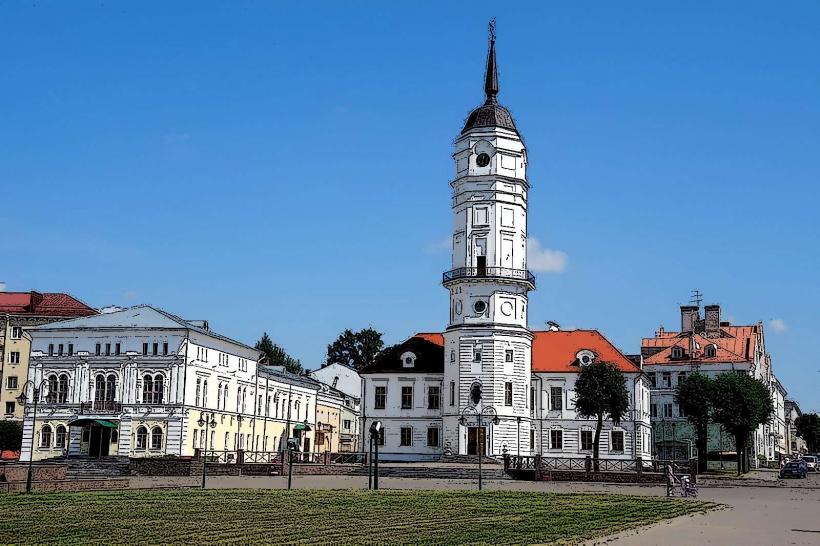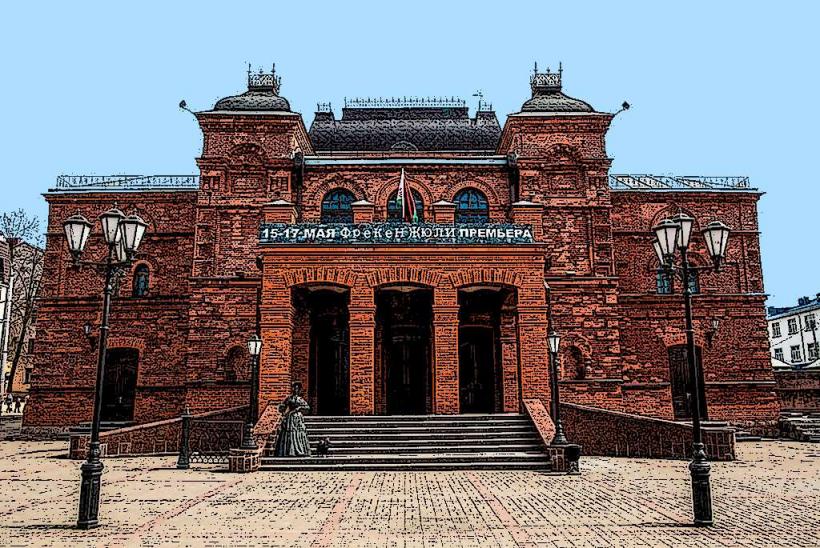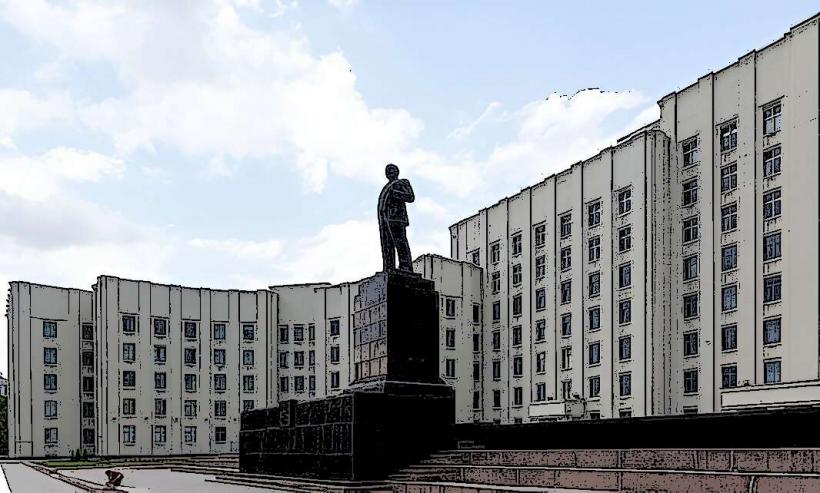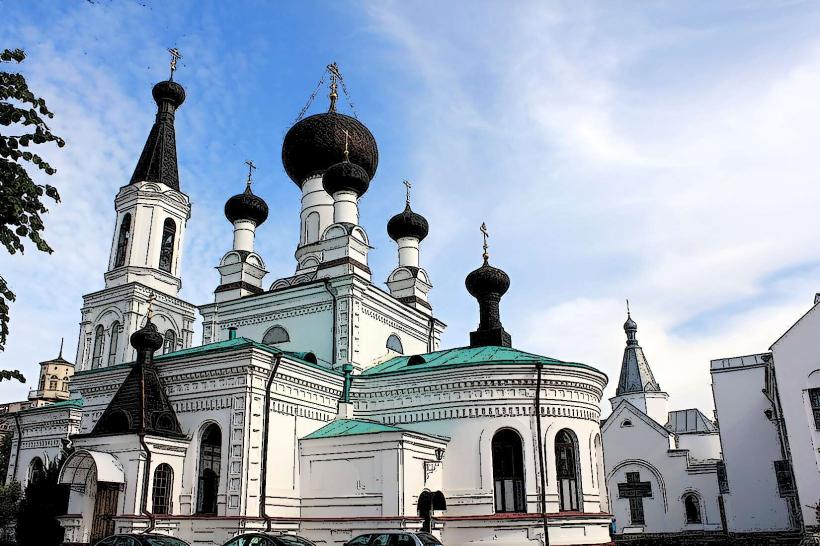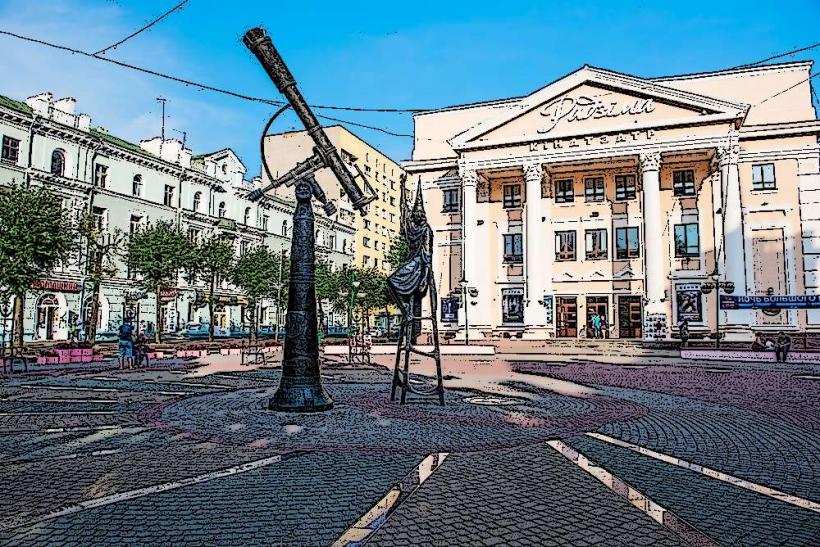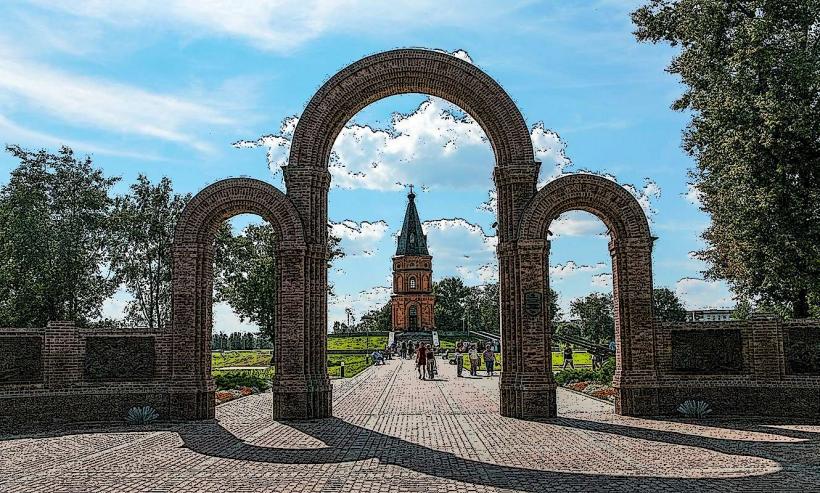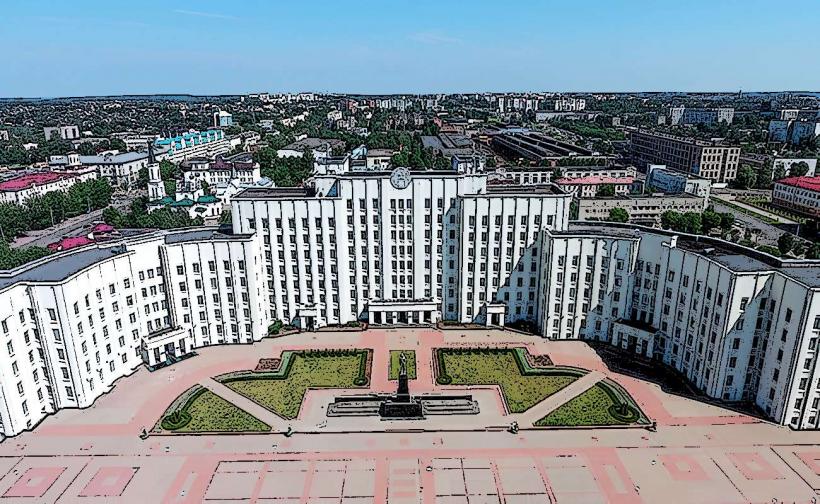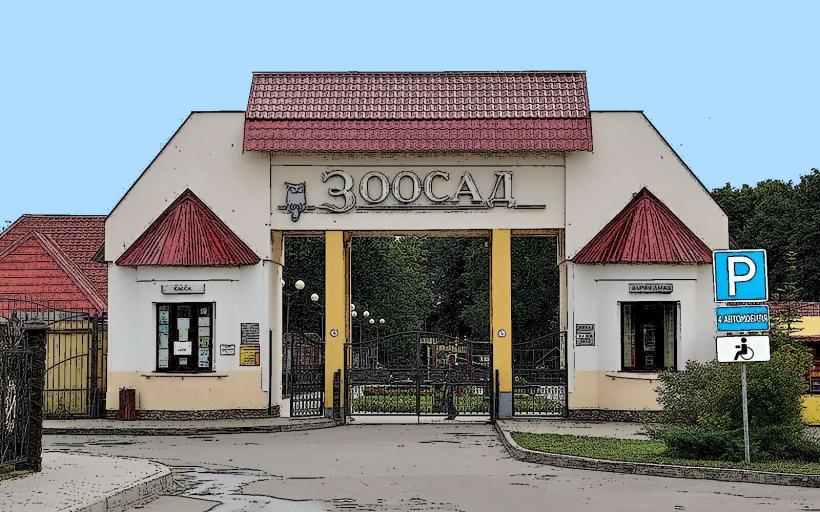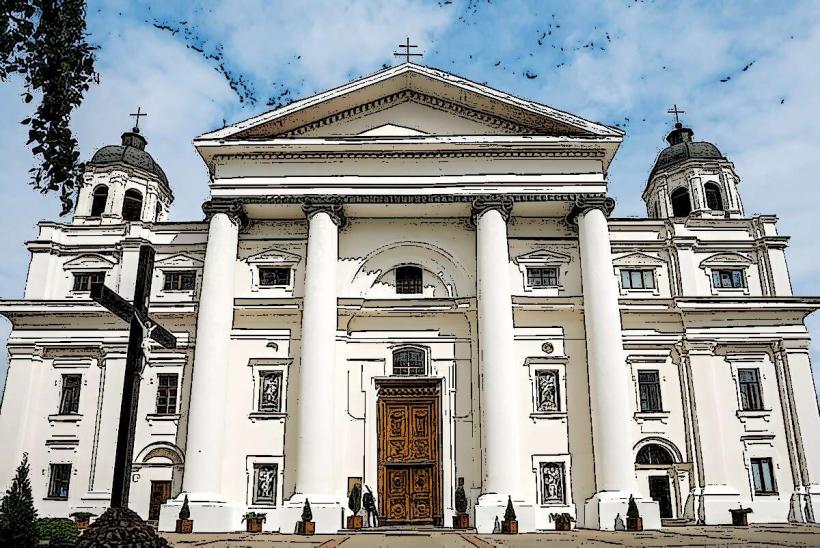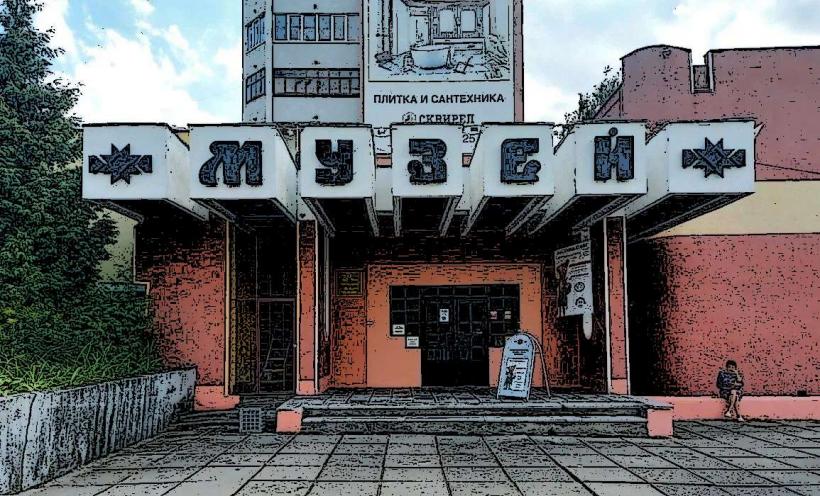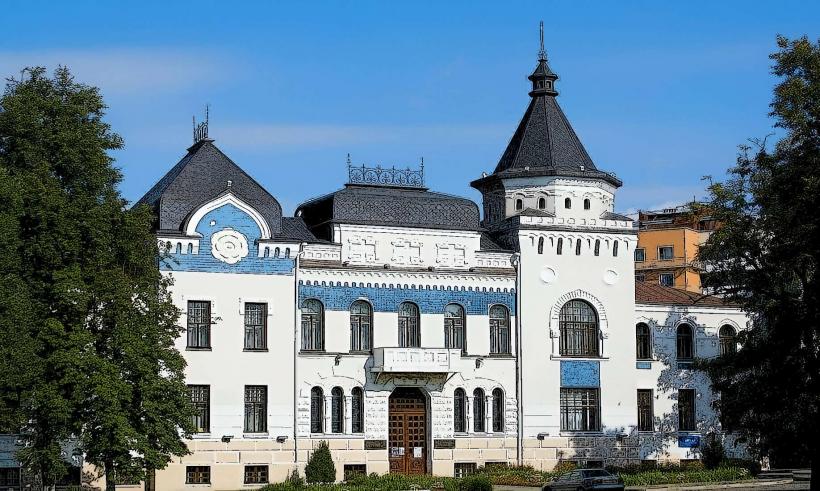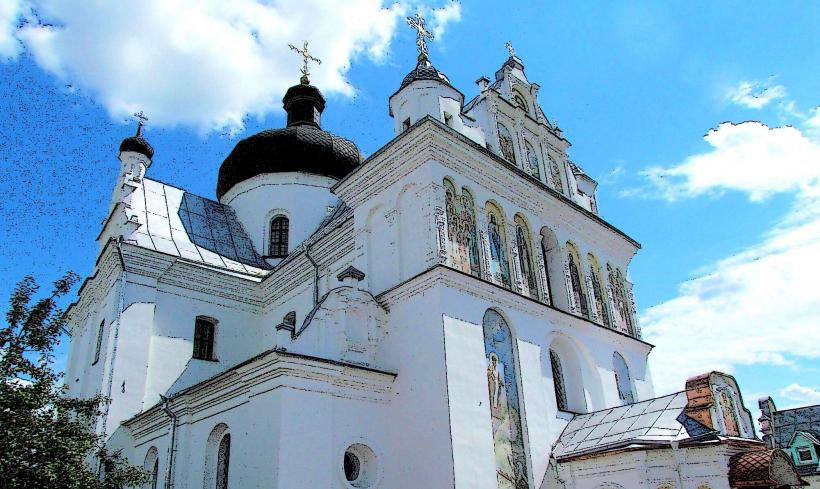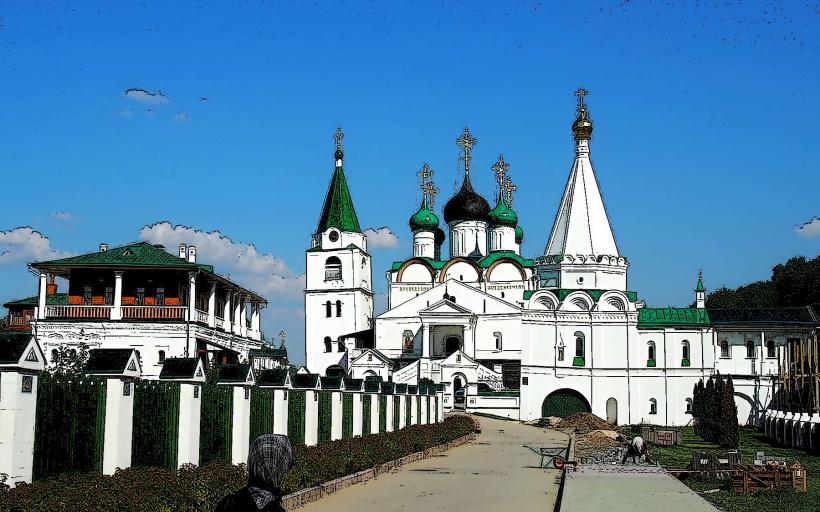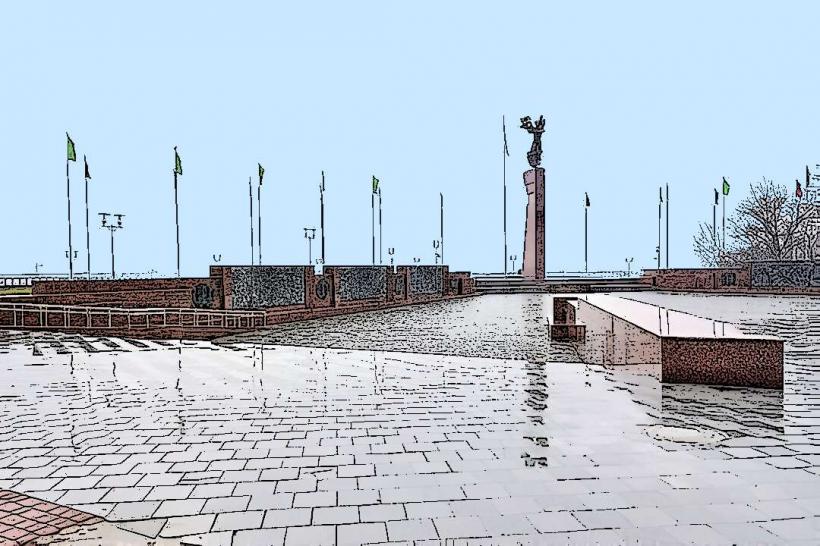Information
Landmark: Palace of CultureCity: Mogilev
Country: Belarus
Continent: Europe
The Palace of Culture in Mogilev, Belarus, is a prominent cultural and social center that has played a significant role in the cultural life of the city for many decades. The palace is dedicated to a wide range of cultural, artistic, and community activities and serves as a key venue for performances, events, and public gatherings.
History:
The Palace of Culture in Mogilev was built during the Soviet era, a time when the development of cultural and public institutions was a key part of the state’s strategy to foster a sense of unity and national pride. Like many such institutions in Soviet cities, it was intended to serve as a center for arts, education, and leisure. These buildings often hosted a variety of activities, including performances, concerts, exhibitions, and social gatherings, all designed to enhance the cultural fabric of the community.
Although the exact date of construction may vary, the Palace of Culture was established as a place where people could engage with the arts, learn, and participate in social events. During the Soviet period, the building likely played a role in promoting Soviet ideals through cultural programs that reflected the state's emphasis on collective identity and the celebration of the working class and national achievements.
After Belarus gained independence in 1991, the Palace of Culture continued to be a significant cultural hub for the city. It has adapted over time to the changing social and political context, while still maintaining its core mission of promoting the arts and providing a space for community interaction.
Architecture:
The Palace of Culture typically follows the style of Soviet monumental architecture, which often emphasized large, imposing structures that were both functional and symbolic. These buildings were designed to reflect the importance of state-sponsored culture and were often equipped with large halls, concert spaces, and exhibition areas.
The exterior of the Palace of Culture is generally marked by grand, neoclassical elements, often with large, symmetrical facades, columns, and prominent entrances. These architectural features were intended to convey a sense of grandeur and importance, fitting for a public building that hosted significant cultural events.
The interior is usually designed to accommodate a variety of events. The building often includes large performance halls, theater spaces, meeting rooms, and areas for exhibitions. The walls are typically adorned with murals, sculptures, and other artistic decorations that reflect the cultural and ideological themes of the period when the building was constructed.
In some cases, the Palace of Culture may have also had spaces designed for leisure activities, such as dance halls, clubs, and cafés, which were common in Soviet-era cultural centers and were meant to foster social interaction and community involvement.
Functions and Role:
The Palace of Culture in Mogilev is a multifunctional cultural venue that hosts a wide range of activities:
Performances and Concerts: The Palace of Culture is home to performances by theater troupes, musicians, and dancers. It is often used for classical concerts, pop and rock performances, folk music, and local theater productions. The building’s large auditorium is an ideal setting for these kinds of events, accommodating a large number of spectators.
Exhibitions: The Palace frequently hosts art exhibitions, showcasing the work of local, national, and international artists. These exhibitions may include paintings, sculptures, photography, and other forms of visual art. The Palace serves as a key venue for both contemporary and traditional artistic expressions.
Cultural Education: Many Palace of Culture buildings are associated with educational programs in the arts and culture. The Mogilev Palace of Culture may offer classes or workshops in music, theater, dance, literature, and other cultural fields. It may also host events such as film screenings, lectures, and discussion panels that promote cultural awareness and education.
Community Events: The Palace of Culture serves as a hub for community gatherings, festivals, and celebrations. It may host events related to national holidays, local festivals, and other social gatherings. These events are an important part of local culture and help build a sense of community among residents.
Social and Civic Role: In addition to its cultural functions, the Palace of Culture may be used for various civic activities, such as meetings, conferences, and ceremonial events. This includes events hosted by local authorities or organizations that contribute to civic life and governance.
Modern Relevance:
Today, the Palace of Culture remains a vital institution in Mogilev. Despite the changes in the political landscape and cultural trends since the Soviet era, the Palace continues to serve as a key venue for artistic and cultural events, offering opportunities for both locals and visitors to experience the rich cultural heritage of the city.
It is also a place where the community can come together, whether to enjoy a performance, participate in a social event, or take part in educational programs. The Palace of Culture has adapted to modern needs while retaining its original role as a promoter of culture and civic engagement.
The building may also host international events, fostering cross-cultural exchanges and dialogue. With the rise of digital and multimedia technologies, the Palace may now offer more diverse programming, including interactive exhibitions, digital performances, and online cultural initiatives.
Conclusion:
The Palace of Culture in Mogilev stands as a significant cultural institution in the city, with a long history of promoting the arts, education, and community engagement. It plays an important role in preserving and celebrating the cultural identity of the region, while also adapting to the needs of a modern audience. Whether for performances, exhibitions, educational programs, or social events, the Palace of Culture continues to be a central hub of cultural activity in Mogilev, contributing to the vibrant cultural life of the city.

